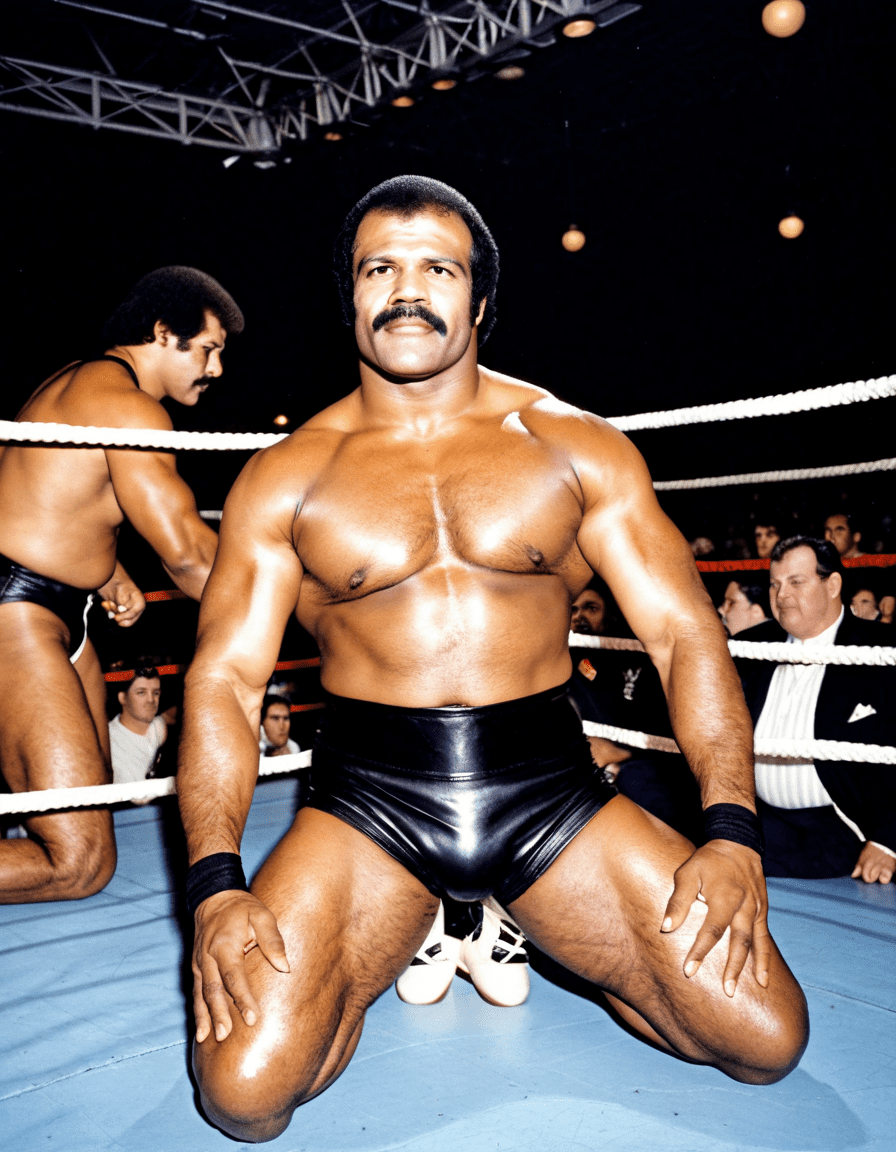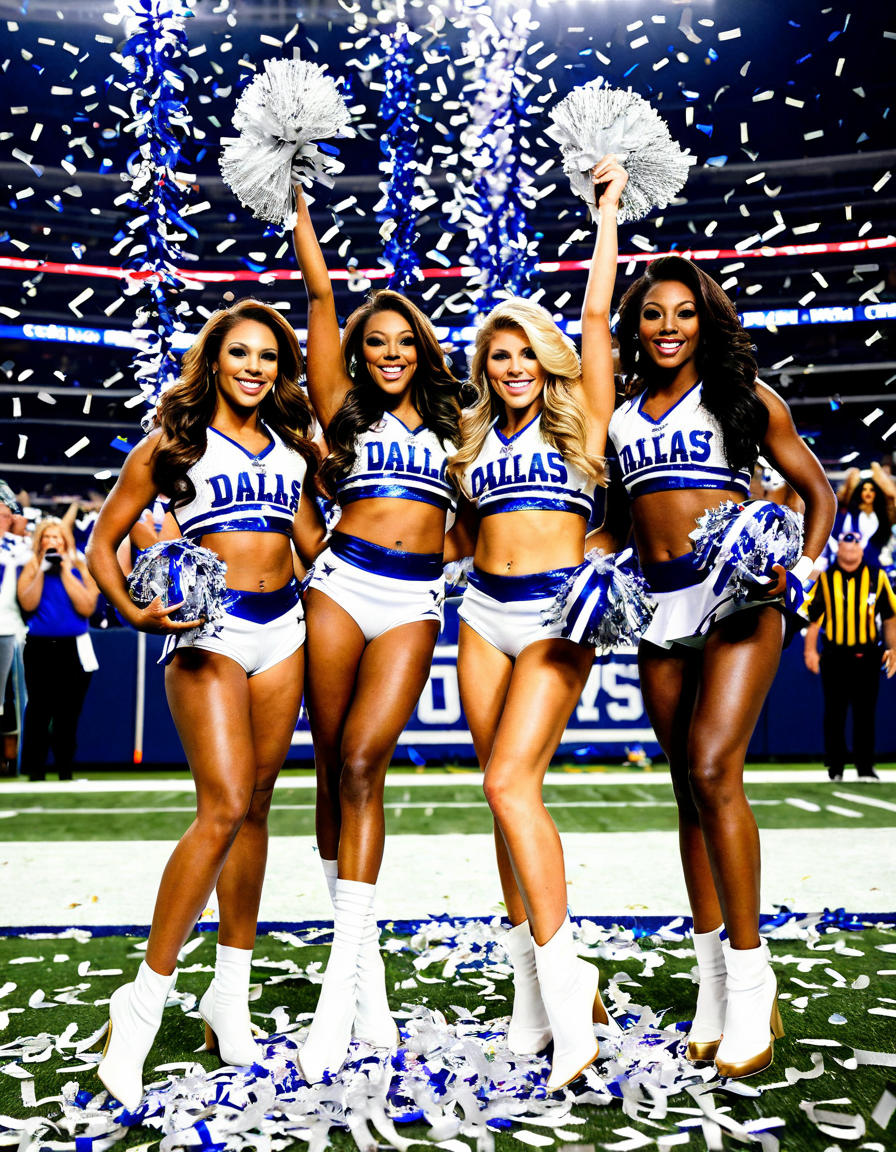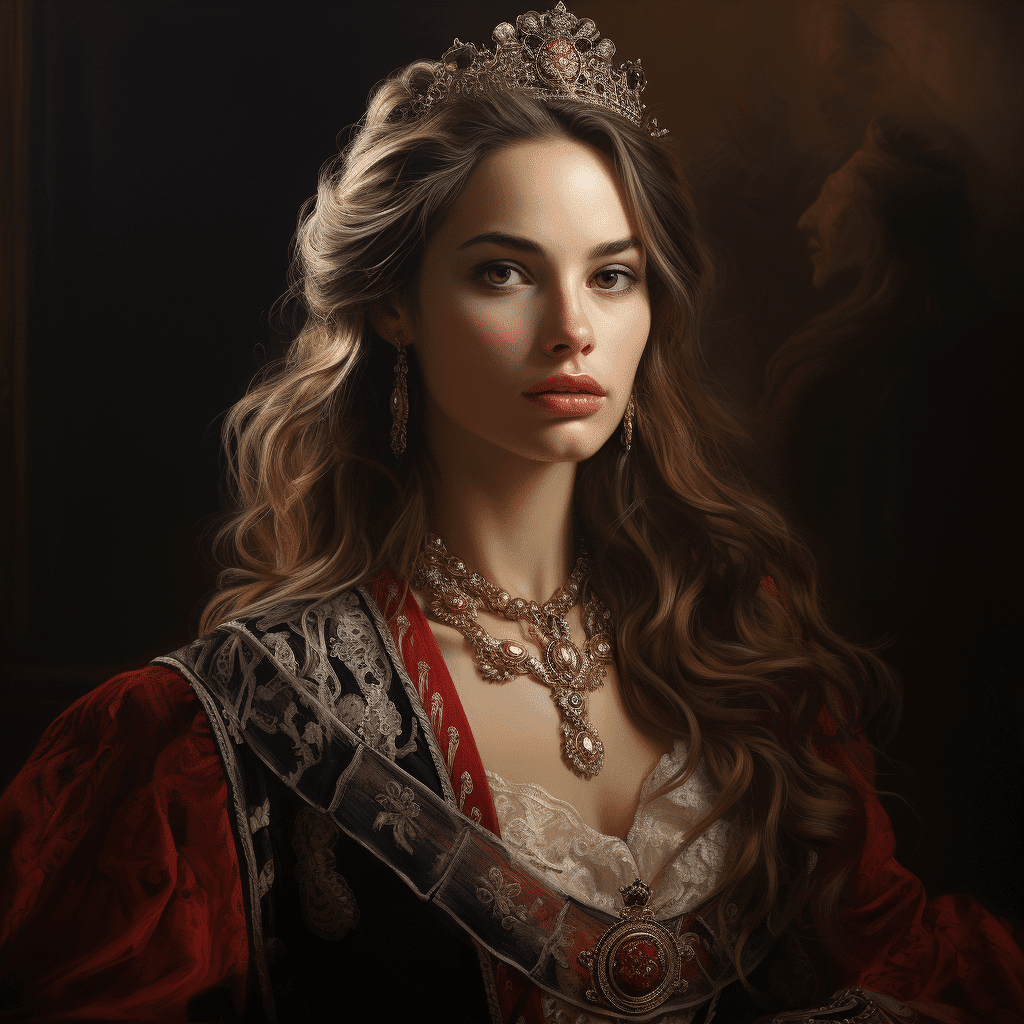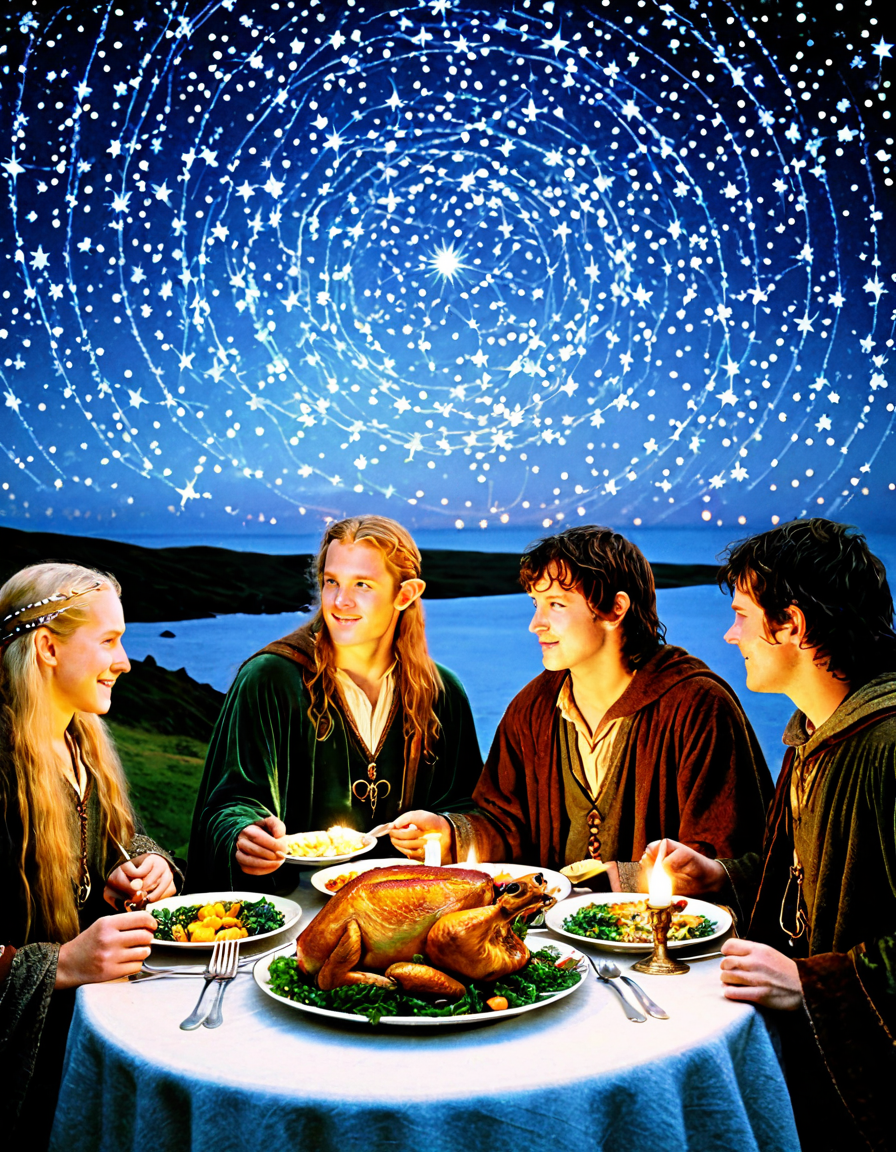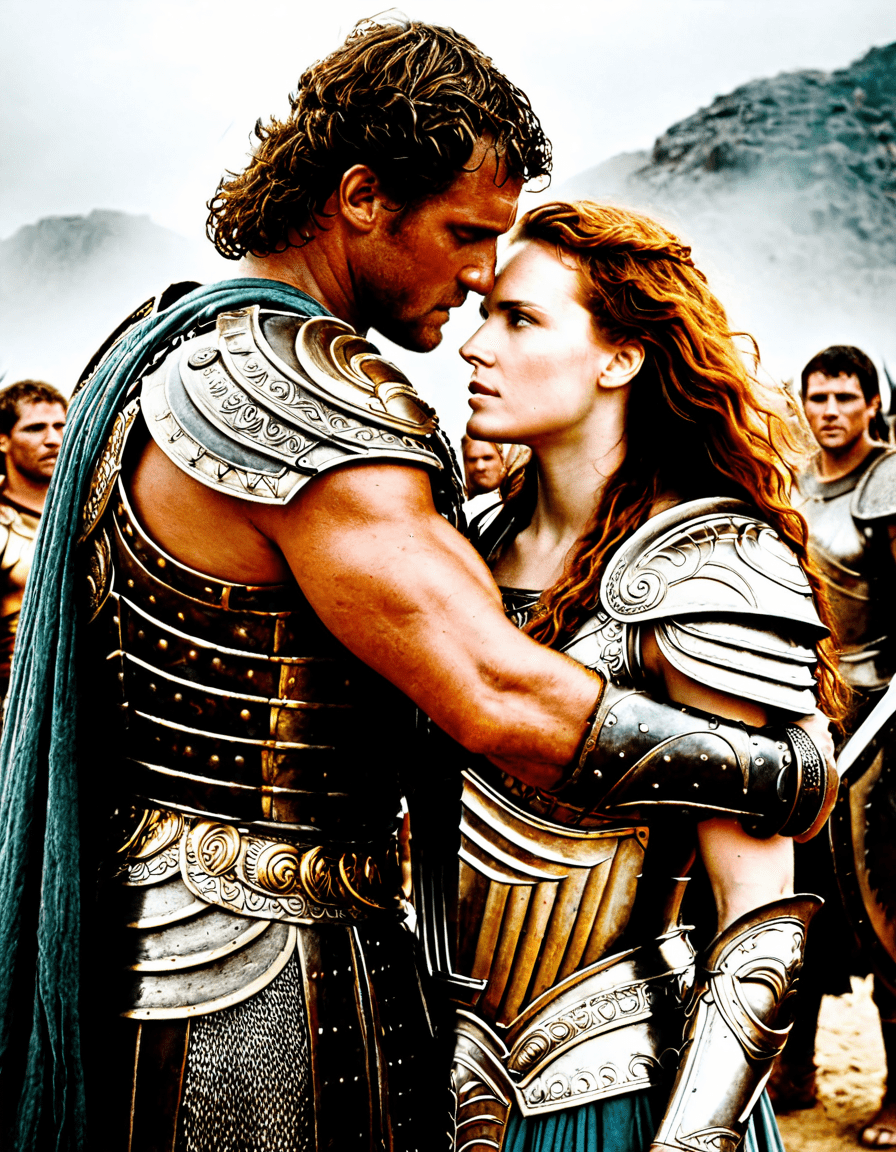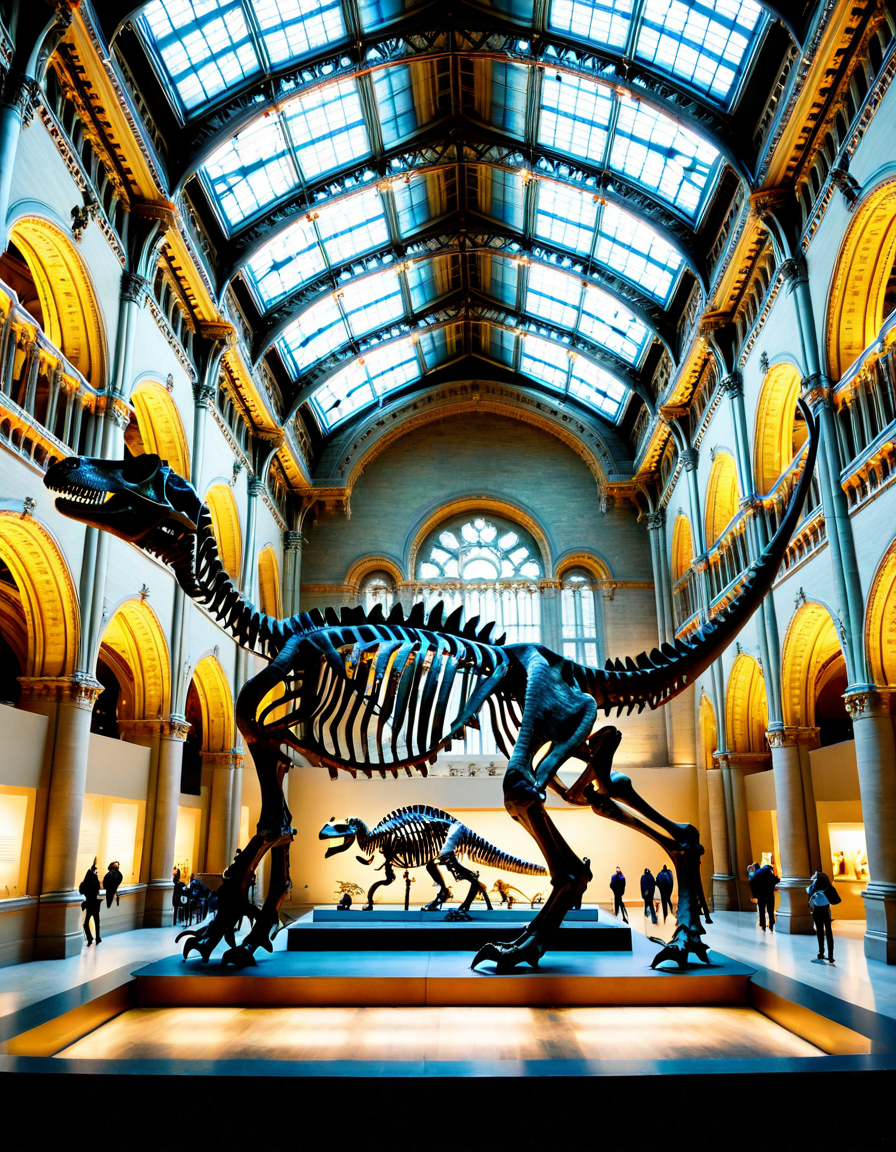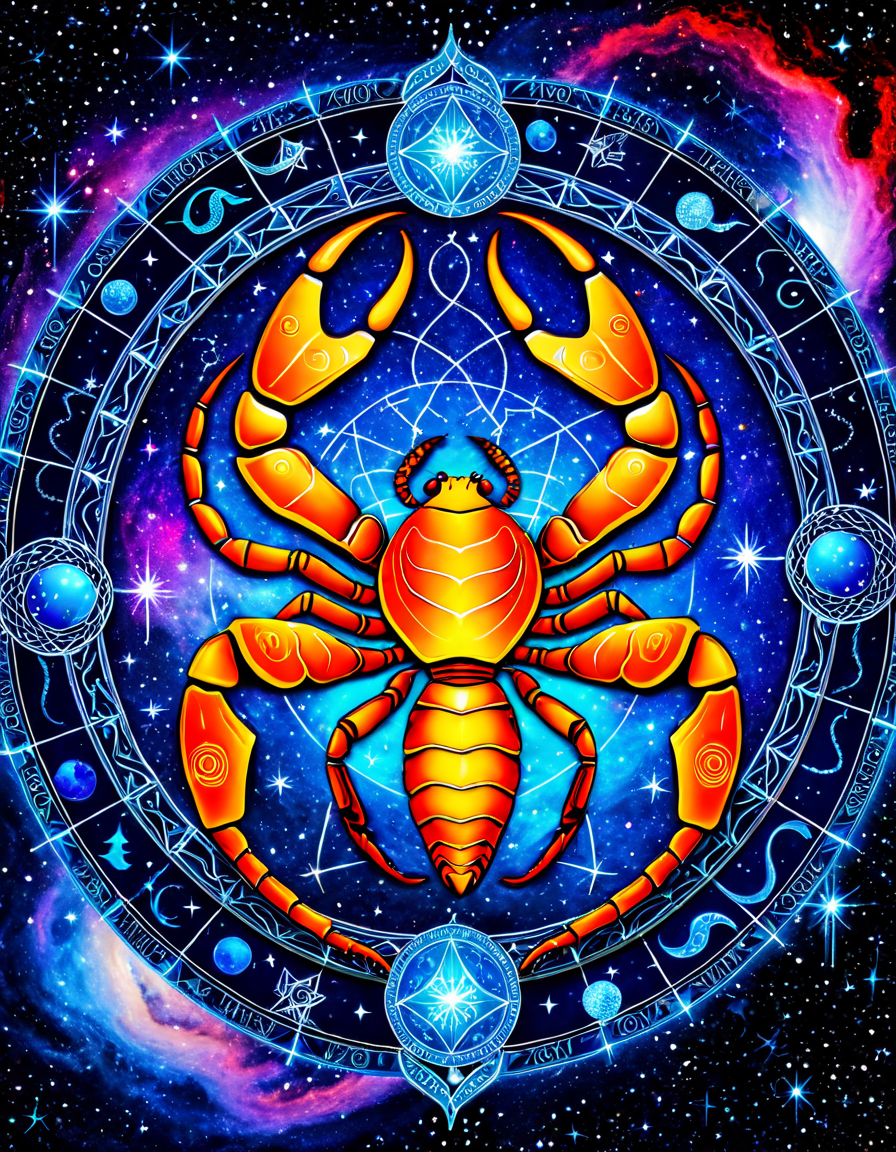In this ever-changing world, the imagery of the four horsemen—Conquest, War, Famine, and Death—remains disturbingly relevant, striding through the annals of history and bursting forth into our present-day lives with stark implications. Originally depicted in the Book of Revelation, these harbingers of calamity embody a complex tapestry of crises that provoke thought and, dare I say, a fashionable exploration of our social landscape. So, dear reader, let’s saddle up and embark on a deep dive into their symbolism and its modern interpretation. The brilliance of these figures rests not merely in their association with doom but in their capacity to reflect the trials and tribulations of humanity, shedding light on issues that challenge our societal fabric.
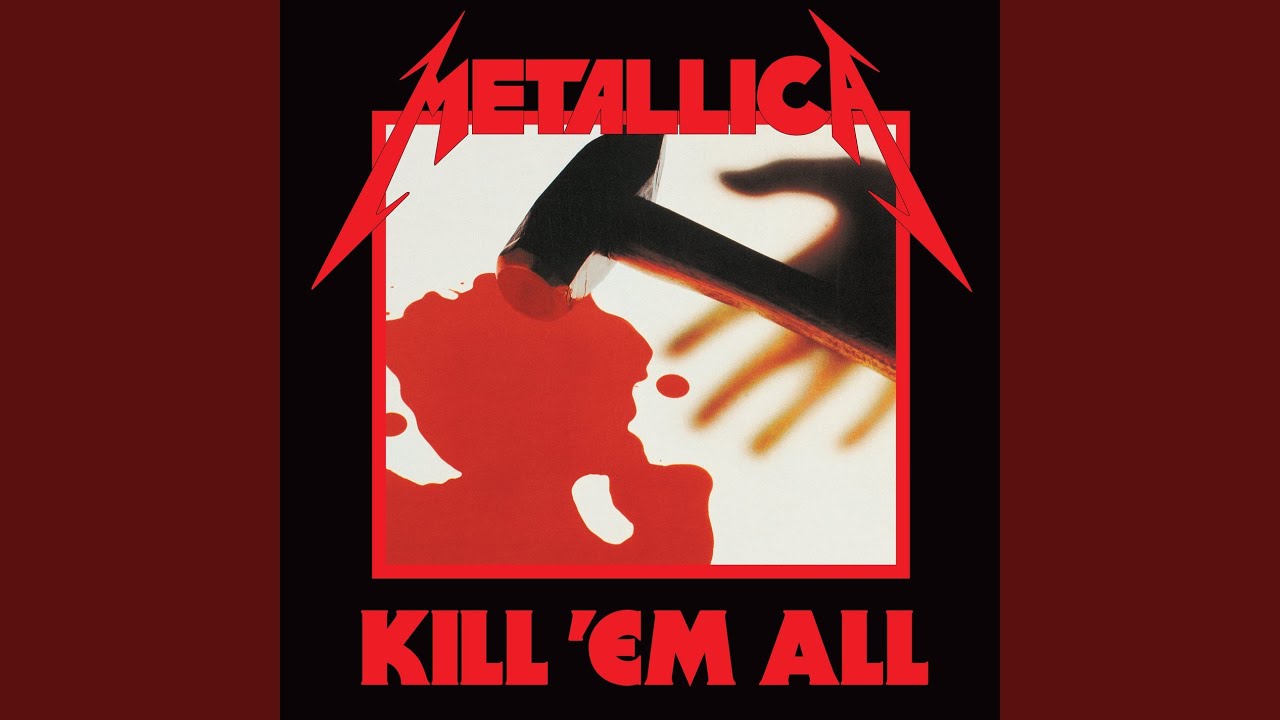
The Four Horsemen: A Historic Overview and Modern Interpretation
The four horsemen are more than just apocalyptic symbols. They are reflections of omnipresent issues we grapple with every day. From economic upheaval to the specter of conflict, their influence permeates global dialogues, stretching far beyond biblical interpretations and seeping into our collective consciousness. Whether it’s a conversation about economic stability or the health crisis plaguing nations, these figures serve as a commentary on our current realities, making each horseman a symbolic allegory for societal challenges that aren’t easily ignored.
To grasp their significance, we must explore each horseman’s haunting presence in today’s world. yes, Conquest, War, Famine, and Death aren’t just ancient entities; they morph and adapt, whispering in our ears with every headline, social media post, and tragic event. Narratives intertwined with these figures help shape the discourse around global issues, offering us an essential vantage point from which to view and understand where humanity stands.

1. Conquest: The Horseman of Economic Disruption
Ah, Conquest—a figure that embodies ambition, drive, and often a ruthless quest for control. In our modern landscape, it’s hard not to draw parallels between Conquest and the ascent of multinational tech giants. Just look at Amazon and Google, who’ve become colossal forces that redefine market dynamics! In 2026, these corporate giants embody the four horsemen, disrupting not only traditional retail but also reshaping employment landscapes, leading to a significant conversation about monopolistic practices and wealth disparity.
Ultimately, as the digital storefront thrives, we are challenged to rethink our consumer habits. The four horsemen prompt us to critically examine how our choices foster the conditions of our economic reality—and whether we choose to support the small businesses or succumb to the convenience of the colossal market space.
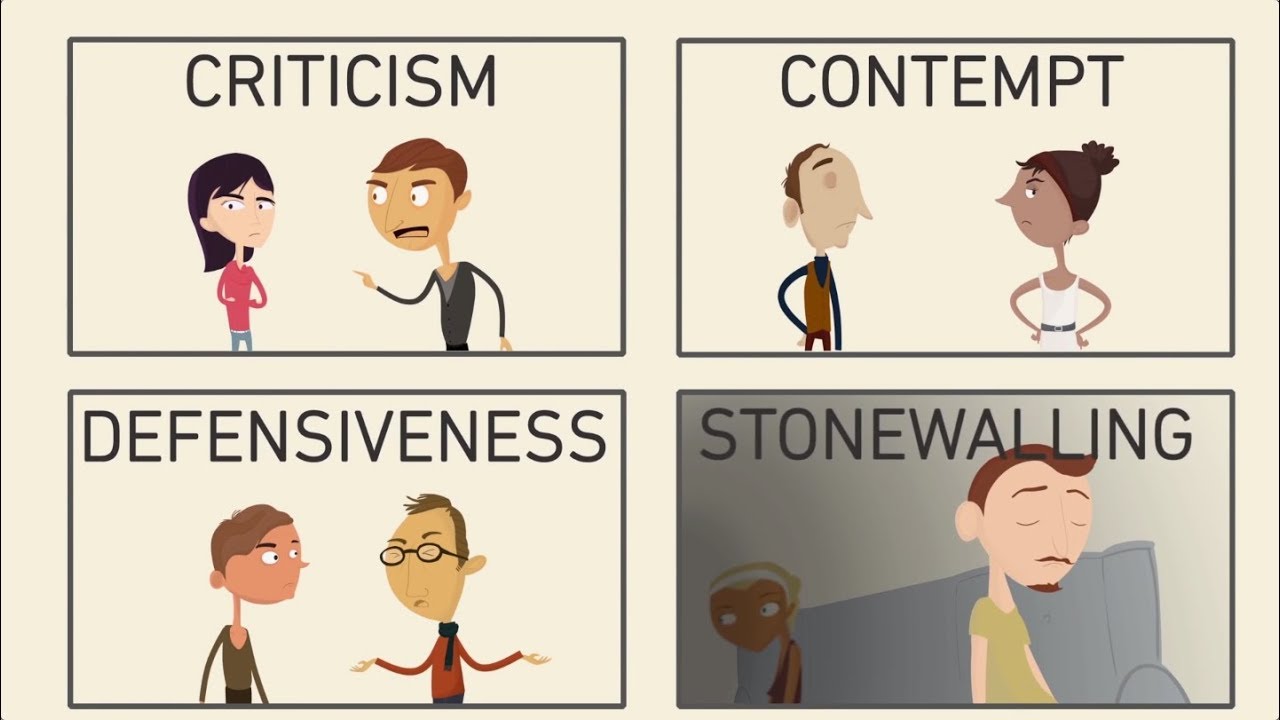
2. War: The Horseman of Global Conflict
Next, we ride alongside War—the embodiment of struggle and strife. The connection couldn’t be stronger as we witness geopolitical tensions rise across the globe. From escalating conflicts in Eastern Europe to simmering disputes over resources in Asia, the haunting relevance of War is as palpable as ever. Take the ongoing conflict in Ukraine, for example, which underscores the enduring nature of territorial disputes and brings to the forefront the stakes of national sovereignty.
This particular war does not just inflict immediate devastation upon individuals and families; its echoes can be felt globally, impacting energy prices and the delicate web of international alliances. As nations strategize militarily, lives hang in the balance, demonstrating that the horseman of War is a modern specter we cannot afford to ignore.
We are reminded that every headline about conflict reverberates with collective consequences, urging us to reflect on the conflicts that propel humanity into cycles of turmoil. Keep your eyes peeled, for the narrative of War is woven into many facets of our society, leaving traces on our global community that demand attention.

3. Famine: The Horseman of Resource Scarcity
Famine stands as a stark reminder of scarcity. In today’s world, climate change forms the bedrock of many discussions, reminding us that nature can be as unstable as the markets. A clear example is the persistent and devastating drought affecting California, leading to severe food shortages and soaring prices. The omnipresent impact of climate-induced scarcity continues to crackle with relevance, bringing to light the dire circumstances that accompany Famine.
What this illustrious horseman teaches us is that resource scarcity isn’t simply a statistic; it’s a palpable reality for many. Famine’s imagery compels us to rethink our consumption patterns, food innovations, and sustainability practices, nurturing compassion and understanding of our role within the ecosystem.
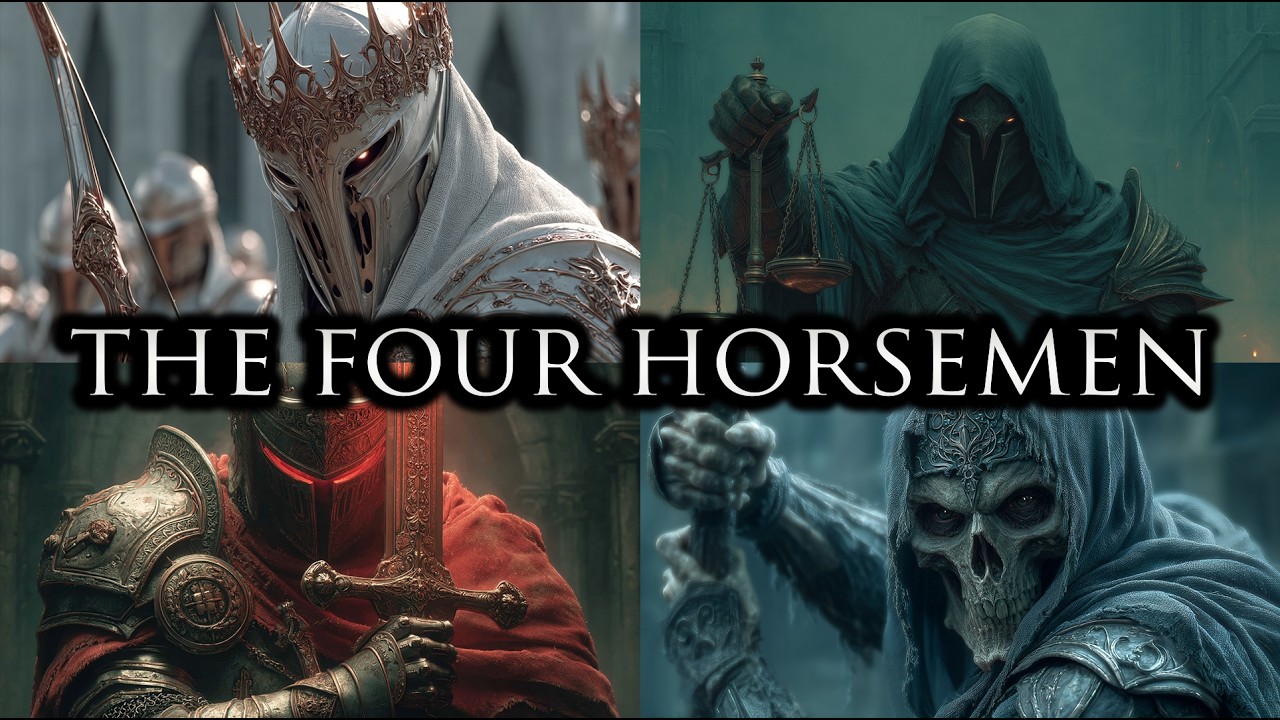
4. Death: The Horseman of Existential Threats
Last but certainly not least, we confront Death—the haunting figure rich with layers of meaning. Beyond its literal interpretations, Death symbolizes the myriad of societal issues we face, including declining social contracts and health crises. The specter of the COVID-19 pandemic resonates deeply within this frame, exposing vulnerabilities in our healthcare systems, and forcing us to confront mortality in new and unsettling ways.
As we emerge from the clutches of a pandemic that never truly felt like it could be conquered, discussions around vaccine equity and health access remain pressing. It’s a collective reckoning that reminds us that Death isn’t just an endpoint; it’s a narrative about our existence, challenging our perspectives on life and the systems meant to protect us.
As we navigate these troubled waters, the imagery of Death encourages a thoughtful examination of the frameworks that sustain us. Engaging with this horseman thus pushes us toward a future where we prioritize community health and equity, allowing for an informed approach towards global health matters.
Relevance in the Modern Context: The Interconnectedness of the Horsemen
By weaving together the narratives painted by these four horsemen, we can grasp a holistic understanding of the challenges that define this era. Each horseman’s symbolism—be it economic disruption, armed conflict, resource scarcity, or existential threats—remains salient today. As we face an unpredictable world plagued by climate change, geopolitical shifts, and health crises, these figures form an intricate mosaic of global issues that demand our attention.
Rather than viewing these horsemen as isolated threats, it is critical to recognize their interplay. Each catastrophe does not exist in a vacuum; rather, they are interlinked, influencing and exacerbating one another in a spiral of crisis that beckons recognition and response. The presence of these horsemen today is a resounding wake-up call, urging us to act with foresight.
Final Thoughts: Harnessing the Lessons from the Four Horsemen
As we draw lessons from the four horsemen, we find ourselves navigating a world filled with challenges that urge our collective responsibility and proactive engagement. While these figures evoke fear, they also give rise to catalysts for social change. Acknowledging their fearful presence empowers us to spawn solutions that tackle the complexities of our modern world.
With each eye-catching headline and every social movement that unfolds, we’re reminded that our actions—no matter how small—can indeed shape the landscape of tomorrow. Embracing this collective urgency allows us to confront potential calamities, cultivating a resilient future where we transform symbols of doom into instruments of growth. After all, what better fashion statement than wearing our commitment to change? That, dear readers, is how we harness the lessons from the four horsemen to lead the charge into a brighter tomorrow.
The Four Horsemen: Icons of Chaos
A Brief Overview of the Horsemen
The four horsemen have become symbols of various human fears and insights throughout history. Originating from the Book of Revelation in the Bible, these figures represent Conquest, War, Famine, and Death. Throughout literature and pop culture, they’ve inspired various interpretations. For example, in films like Thor: Ragnarok, viewers are treated to themes of impending doom and conflict, which resonate with the intention behind the horsemen’s narrative. Contrary to what some might think, it’s not just about despair; each horseman presents a lesson tied to human experience.
Trivia That Strikes Your Fancy
Did you know that the four horsemen aren’t just confined to religious texts? They’ve popped up in everything from comic books to popular movies! In the Cast of Dungeons & Dragons: Honour Among Thieves, a blend of fantastical adventures highlights the dangers and challenges faced, mirroring the perils each horseman represents. It’s fascinating how these figures continue to evolve, keeping them relevant even in fun realms like modern fantasy genres. Speaking of fun, don’t forget to check out our picks for the best streaming movies; you might spot some stories echoing the themes of these iconic horsemen!
Modern Connections and Cultural Impact
Culturally, the four horsemen are everywhere. From music to fashion, they’ve inspired creative minds, including the likes of singer Arnel Pineda, known for his narrative-driven lyrics that often explore existential themes. Even sports personalities like Chris Long have invoked these powerful figures in their discussions about society’s challenges. And in lighter moments, social events themed around these ominous figures can lead to intriguing conversations. Speaking of events, if you’re looking for creative ideas, check out “You’re Cordially Invited” for inspiration that can impress guests at your next gathering!
In the end, whether you’re perusing your favorite book or diving into character-driven stories, the four horsemen serve as a potent reminder of life’s unpredictable nature. They symbolize struggles rooted in human experience and serve as a reflection of our journey, much like the enriching stories found in a book bag filled with diverse genres or the imaginative world presented by characters like Meekah. These iconic representations are about more than just calamity; they invite deeper exploration and remind us that through chaos comes the potential for growth.













